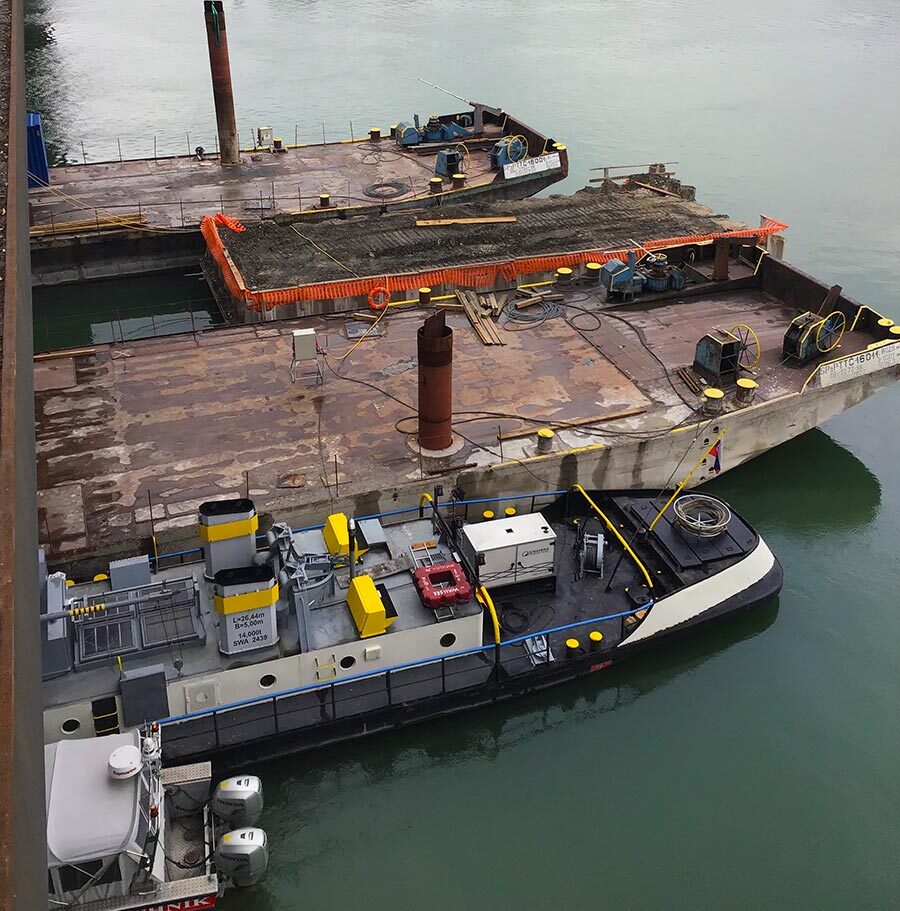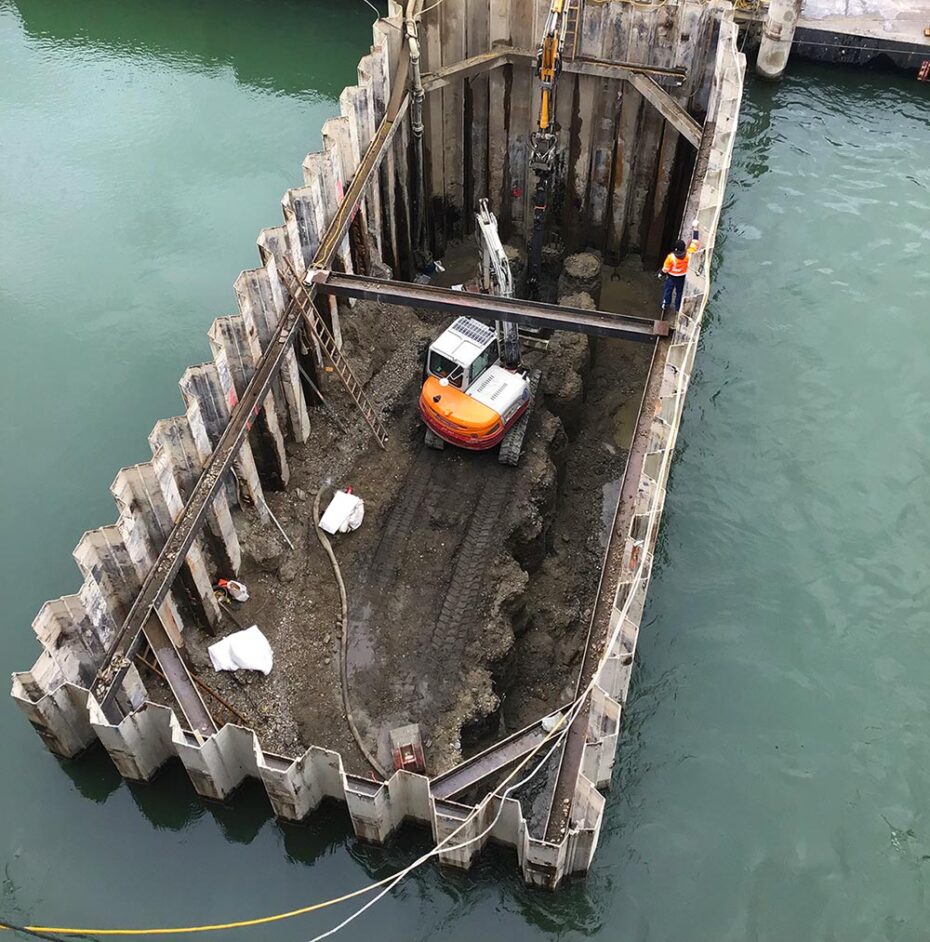A7 VÖEST-bridge
pier-foundation and bypasses
Project data
Construction period:
04/2018 - 04/2021
Contractor:
ARGE SWIETELSKY & GRANIT
Piles: Bauer Spezialtiefbau
Bridge & Access
6255 Tons
Piles
960 Tons
This challenging large-scale project was realized while highway operation
was ongoing
The whole A7 VÖEST bridge project was a tough test for BEST in terms of meticulous planning and precise execution due to its size and challenging conditions.
In addition to the two bypass bridges, the project included a variety of ramps, entrances and exits, as well as underpasses and overpasses to the Hafenstraße and Urfahr junctions and a pedestrian and bicycle path on each bridge. 36 individual objects with a total length of approximately 2.5 kilometers had to be built with pre-stressed reinforcement while traffic on the Mühlkreis highway was ongoing. This type of reinforcement and the often complex geometry required precise cutting and bending of the iron and particularly accurate laying.





The storage, parking and transport of construction materials and workers to and from the site were also challenging due to the limited space around the construction site. There were 15 different storage locations at each installation site, and the piles for the pier foundations had to be delivered just-in-time.
The logistical and technical requirements for laying could be met by well-trained laying personnel in collaboration with qualified subcontractors and dedicated specialists from the ARGE.
In order to withstand the immense pressure of the two new reinforced concrete bridges, pier foundations had to be built below the Danube water level. Building such piers under the water level of a flowing river without redirecting the flow was a technical masterpiece.
Due to these static conditions, the construction project was heavily reinforced. The entire reinforcement was installed in larger calibers than in a conventional project, resulting in a greater required bending accuracy of the reinforcement bars.
Implementing a project of this magnitude without significantly hindering traffic flow is a logistical feat. Some construction phases were realized in this way for the first time in Austria. This major project could only be realized in partial sections. A total of nine different traffic configurations had to be set up over the entire construction period. During the construction period, approximately 100,000 vehicles crossed the VÖEST bridge every day. The top priority was to minimize disruption to both car and ship traffic.
Of course, eventualities such as accidents that could upset the schedule at any time and continuous smooth access for emergency services had to be planned for. The scope of the project could only be managed if work was also carried out in adverse conditions and often at night. Due to all of these factors, the safety requirements for the construction company were much tougher and every construction step had to be meticulously planned and carried out extremely quickly and precisely. There was simply no room for delays or for errors.


